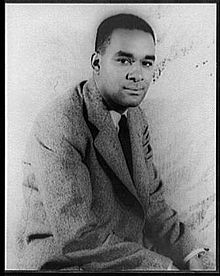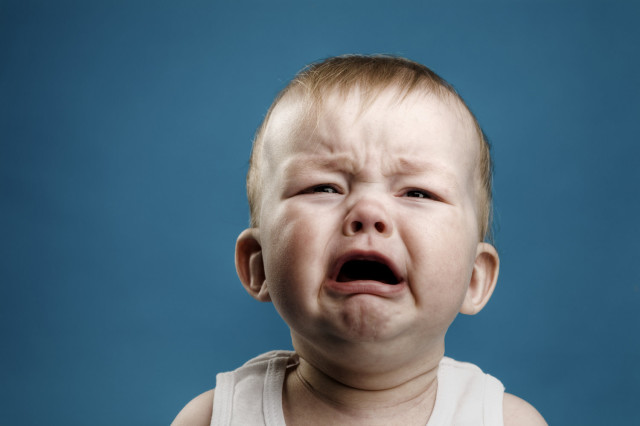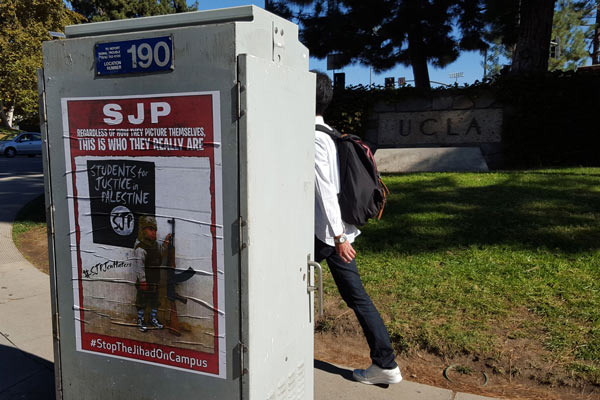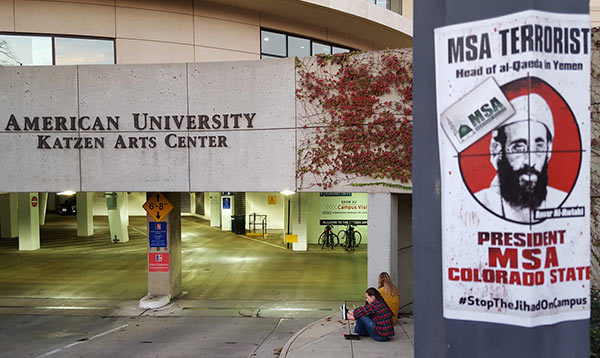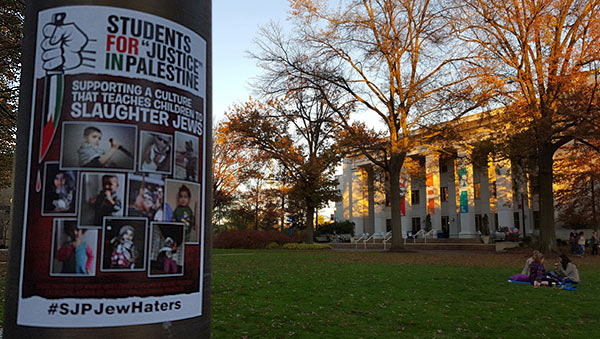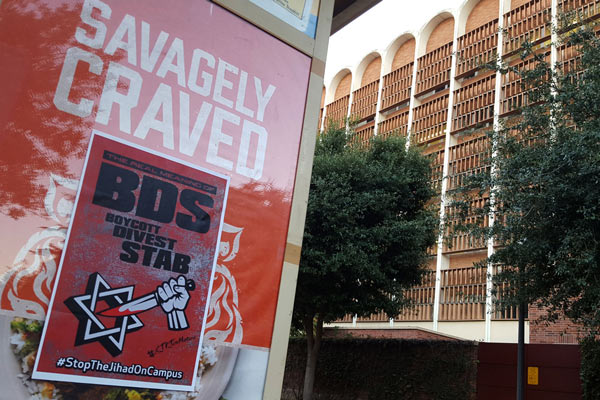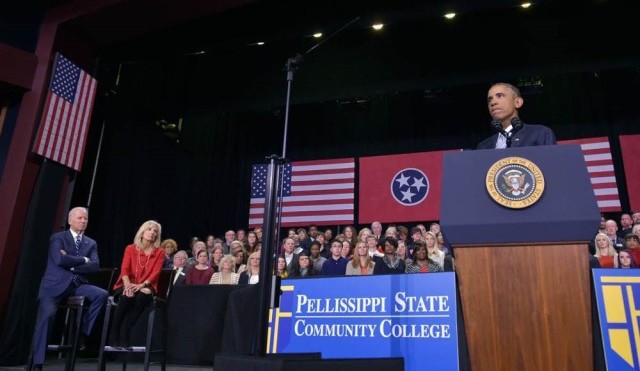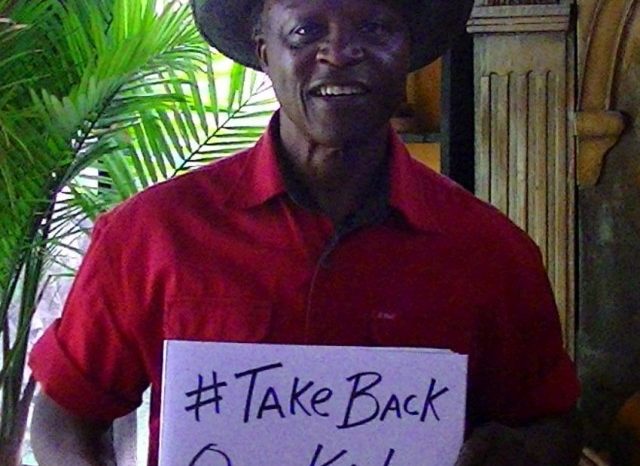America’s most left-wing university launches ‘Journal of Right-Wing Studies’
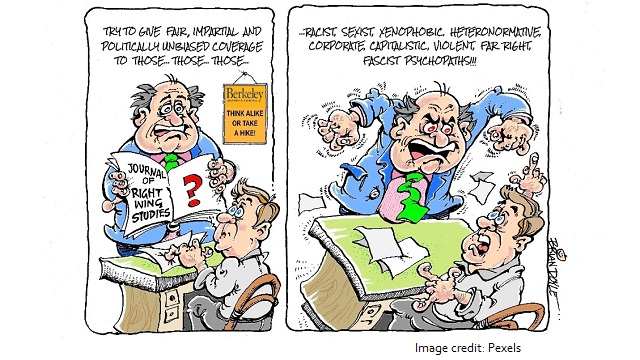
A band of academics from America’s most left-wing university have just launched a new journal for “right-wing studies”. What could possibly go wrong?
If one were to write a detailed chronology of the cancel culture phenomenon, the University of California, Berkeley, would feature prominently.
This fact is somewhat ironic given UC Berkeley’s pivotal role in the 1960s Free Speech Movement.
Nevertheless, a parade of conservative and other non-woke figures have been harassed, harangued and otherwise driven off UC Berkeley’s campus since the late 2010s. Deserving or not, Milo Yiannopolous, Ann Coulter and Ben Shapiro are among its more prominent victims.
Given the university’s penchant for progressive censorship, it is refreshing to note one of its on-campus think tanks is launching a journal to study the rise of left-wing illiberalism.
Oh wait, sorry… I mean right-wing illiberalism.
Yes, UC Berkeley’s Center for Right-Wing Studies (CRWS), founded in 2009 in the wake of the Tea Party movement, has just announced the launch of its Journal of Right-Wing Studies.
Skewed perspective
Chaired by the centre’s founder Dr Lawrence Rosenthal, CRWS is part of Berkeley’s Institute of the Study of Societal Issues (ISSI). The new journal will continue the research unit’s ostensible mission, which is “the study of right-wing movements in the 20th and 21st centuries”. Dr Rosenthal is the journal’s Editor in Chief.
As one writer for the California Globe put it, “all of Berkeley is one giant leftist science experiment”, so it makes sense the campus would launch a journal “to study the ‘right wing’ as if peering at Ebola under a microscope.”
In fairness to CRWS, that same writer noted that it is not just another politically-biased institute being run on the taxpayer’s dime: the centre has only one part-time employee and its expenses are covered by private donations.
The California Globe also praised the CRWS for acknowledging “that its staff could not be even remotely described as ‘right wing’ and therefore they understand their own bias”.
Even so, the bias is unmistakable.
Rosenthal has justified the journal’s launch by claiming we are in “a period of extraordinary right-wing mobilization across the globe”.
He warns of “militant movements” cheering for autocracy in Western nations, whose focus is “on maintaining ethnic, religious, gender, and racial hierarchies in the name of ‘traditional’ values versus the imposition of the ‘woke” agenda’. Rosenthal continues:
Such a government has come to power in Italy. Red states in the USA are copying the model of Hungary’s Orbán government by institutionalizing in law restrictions on voting, on education, on the independence of the judiciary, and even on corporate behavior.
Absent from Rosenthal’s analysis is any mention of government censorship, workplace and campus speech codes, cancel culture, job loss for political dissidents, mandated medical treatments, or the prohibition of movement for healthy citizens.
And why would he mention such trends, since they have been driven almost exclusively by the political left?
Strawmen
Indeed, the rights of the individual, once enshrined in a host of mid-20th century declarations and aspired to globally, are under immense threat predominantly from one side of politics — and not the side Rosenthal thinks.
So one-eyed is Rosenthal and his Centre for Right-Wing Studies that he claims “the magnitude and political successes of this new right is not paralleled by successes of an extreme left”.
Antifa, anyone? Black Lives Matter? The trans cult? Activist school teachers, sporting bodies and CEOs? Censorious social media platforms? The prestige media’s expulsion of woke critics? A weaponised Federal Government and spy apparatus?
“If others see it that way,” Rosenthal sneers, “a CLWS [Centre for Left-Wing Studies] would be an appropriate vehicle”.
For further evidence of the journal’s bias, consider various quotes from the Roundtable section of its inaugural edition.
The Republican Party, writes one contributor, which was formerly merely conservative, has “transformed into a fully-fledged far-right party”.
Another opines that:
The right’s racist, sexist, xenophobic, heteronormative, corporate-capitalist nostalgia for some imagined earlier version of the nation is cataclysmic for the socially vulnerable and threatens the loss of our democracy. Misinformation campaigns rampage over mass and social media, allowing ignorance and amnesia to reign. The courts are packed and systematically deleting human rights, electoral districts have been [re]drawn, the right is heavily armed and talking about violence against the left.
Or consider a 2019 conference held by the Centre for Right-Wing Studies, co-sponsored by the notorious Southern Poverty Law Center. Its speaking topics essentially cast the entire conservative movement as a haunt for alt-right, women-hating white supremacists:
- Be Rough, Be Violent, Don’t Drop Her On the Floor: The Christian Right’s Enactment of Female Purity through Evangelical Ballet Technique.
- A Time of War: The Rhetoric and Reality of the Theocratic Far Right’s Anti-Abortion ‘Crusade’
- Klandidates: American Politics and the Ku Klux Klan
- Forging Fascism: Authoritarian Populism, Apocalyptic Aggression, and Scripted Violence
- My Girlfriend Became Neo-Nazi: The Right’s Presence and Activity in the Internet
In short, Rosenthal’s CRWS tends to view the “Right Wing” in light of its most extreme elements. Almost entirely absent in his centre’s new journal is any discussion of conservatism’s philosophical underpinnings — whether Edmund Burke, Friedrich Hayek, Ludwig von Mises, Willmoore Kendall, Whittaker Chambers or Russell Kirk.
Rosenthal is right. A ‘Journal for Left-Wing Studies’ is sorely needed — if for no other reason than to study Rosenthal’s centre like Ebola through a microscope.
But it will have to find a different home.
It would be singularly unwelcome at UC Berkeley.
AUTHOR
KURT MAHLBURG
Kurt Mahlburg is a writer and author, and an emerging Australian voice on culture and the Christian faith. He has a passion for both the philosophical and the personal, drawing on his background as a graduate architect, a primary school teacher, a missionary, and a young adult pastor.
RELATED ARTICLES:
Conservatives are changing K-12 education, and one Christian college is at the center
Taliban Destroys What Is Left of Afghanistan’s Universities
RELATED VIDEOS:
University of Chicago Student Exposes the War on White People Happening at the School
Our Future Elites Are Being Taught Anti-White Propaganda at Universities
EDITORS NOTE: This MercatorNet column is republished with permission. ©All rights reserved.


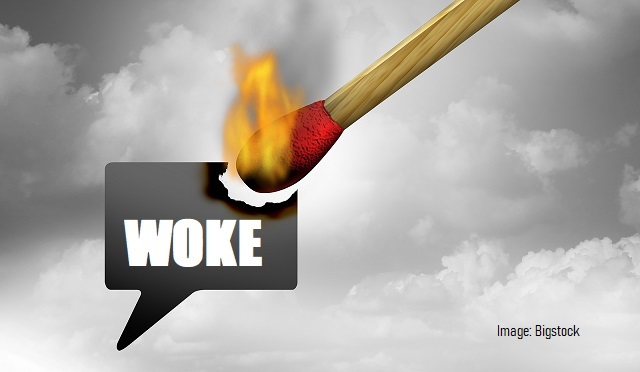



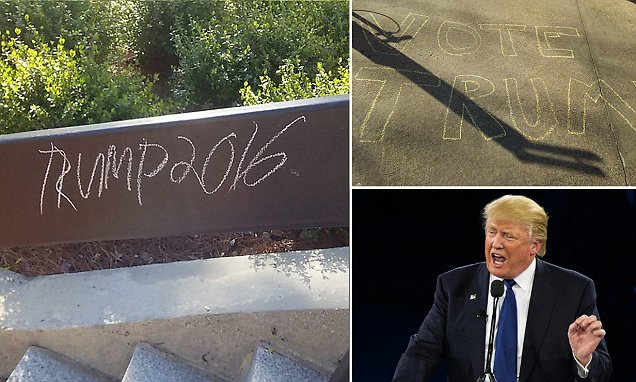 In March we posted a political satire column titled “
In March we posted a political satire column titled “ It appears that political satire has become politically correct policy at DePaul University.
It appears that political satire has become politically correct policy at DePaul University. 



